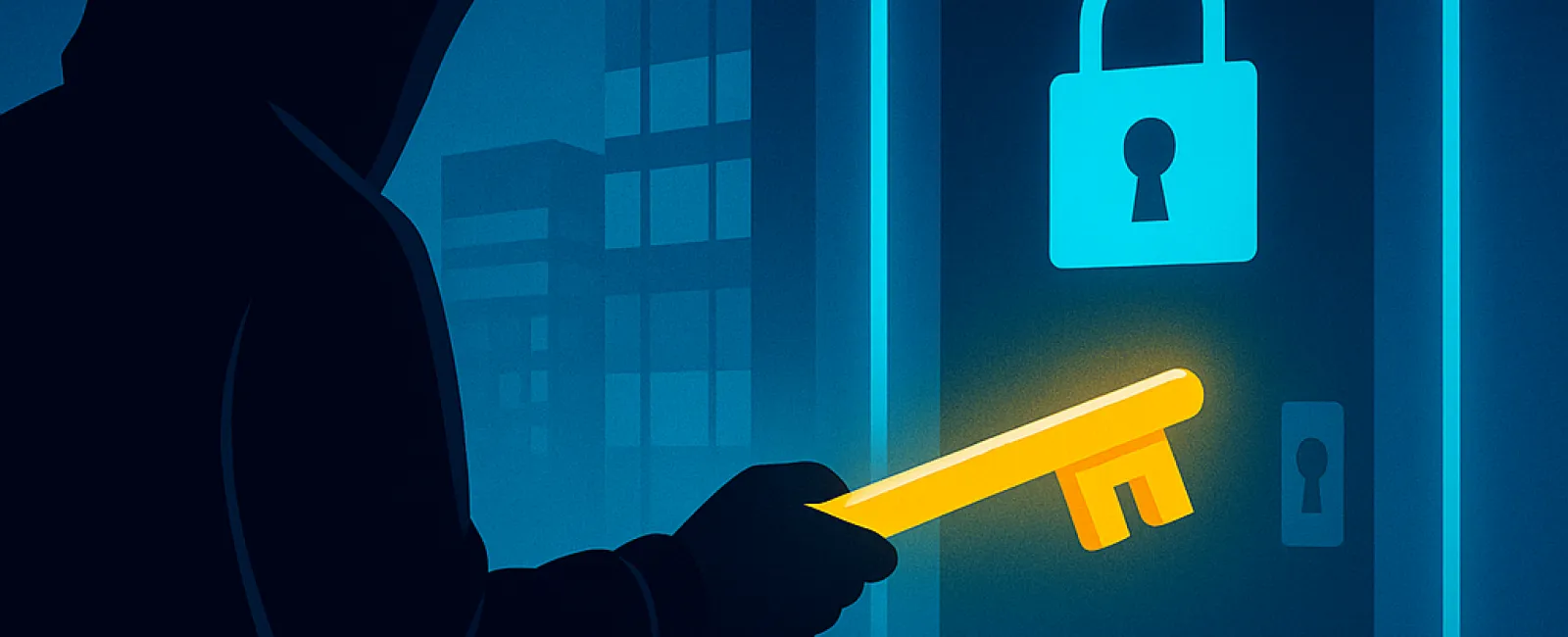August 04, 2025
Cybercriminals are evolving their tactics to target small businesses more effectively. Instead of forcefully breaking in, they now exploit stolen login credentials—essentially using your own keys to enter.
This method, known as an identity-based attack, has surged as the primary way hackers infiltrate systems. They steal passwords, deceive staff with fraudulent emails, or bombard users with login attempts until someone inadvertently grants access. Sadly, this approach is proving highly effective.
According to a leading cybersecurity firm, 67% of major security breaches in 2024 originated from compromised login details. Even industry giants like MGM and Caesars suffered such attacks the year prior—highlighting that small businesses are equally at risk.
How Do Hackers Gain Access?
While many attacks begin with stolen passwords, hackers are employing increasingly sophisticated strategies:
· Phishing emails and counterfeit login pages trick employees into revealing sensitive information.
· SIM swapping enables attackers to intercept text messages used for two-factor authentication (2FA).
· Multifactor Authentication (MFA) fatigue attacks overwhelm your device with approval requests until someone unknowingly authorizes access.
Attackers also target personal employee devices and third-party vendors, such as help desks or call centers, to find vulnerabilities.
Protecting Your Business Starts Here
The good news? You don't need to be a cybersecurity expert to safeguard your company. Implementing a few key measures can dramatically reduce your risk:
1. Enable Multifactor Authentication (MFA)
Add an extra layer of security by requiring a second verification step during login. Opt for app-based or hardware key MFA methods, which offer stronger protection than SMS codes.
2. Educate Your Team
Train employees to identify phishing attempts and suspicious messages. A well-informed team is your first line of defense against cyber threats.
3. Restrict Access
Limit user permissions to only what's necessary. If a breach occurs, restricted access minimizes potential damage.
4. Adopt Strong Password Practices or Go Passwordless
Encourage the use of password managers or advanced authentication tools like biometric logins and security keys to eliminate reliance on passwords.
The Bottom Line
Cybercriminals relentlessly pursue your login credentials, constantly devising new ways to outsmart defenses. Staying protected doesn't mean doing it alone.
We're here to help you implement robust security measures that keep your business safe without complicating your team's workflow.
Wondering if your business is at risk? Let's talk. Click here or give us a call at 419-678-2083 to book your 10-Minute Discovery Call.




